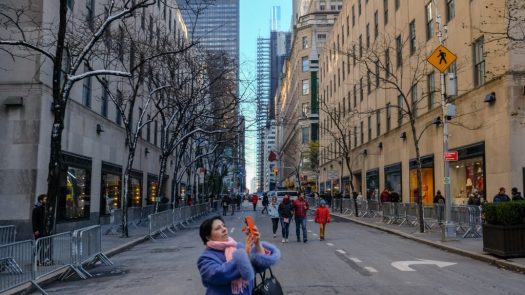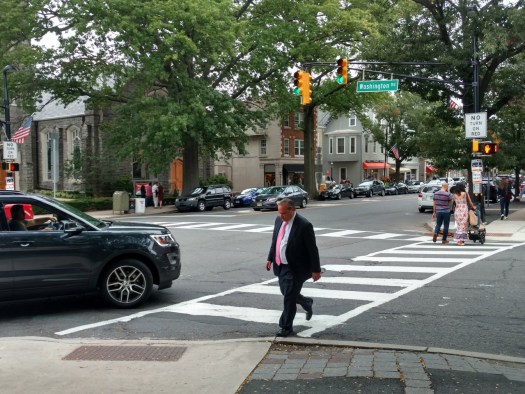Hello readers.
I saw the immediate aftermath of a bike rider getting hit by a driver one block from our house this weekend. The bike rider himself unbelievably seemed ok, and he said “I’m sorry…” but the driver had been far exceeding the local 25mph limit.
Why would even a bike rider himself take the blame for being hit by a driver? It’s a successful campaign by the auto industry to hijack American brains.
Let’s stop blaming pedestrians and bicyclists for their injuries and deaths. Here’s the truth.
Why the ‘distracted pedestrian’ is a myth
This Curbed Article was written in 2018. This is an update.
Victim blaming much?
It’s just easier, and it suits the industry to shift the responsibility for safety off the driver, to take focus off humongous 9000lb vehicles, and away from infrastructure that is dangerous by design.
Place responsibility on the walker or on the person on a bike for their own safety. Done.
Truth: Drivers are killers. But hear me out…drivers themselves can’t be totally to blame…
Cell phones and gadgets which irresistibly distract drivers have contributed to soaring numbers of fatalities and injuries. Now cars like the 2021 Mercedes have huge dash screens, and other built-in distractions like “infotainment systems”, but car makers tell drivers to use them with caution, so oh yeah, we’re good.
Distracted driving that leads to injuries and death is a public health crisis.
A Center for Disease Control updated study cited that one in every five people killed by distracted drivers was not in a vehicle — they were walking, riding a bike, or otherwise outside of a vehicle.
Texting while driving has been said to be as dangerous as driving drunk.”
But wow this is happening! Automakers are starting to admit that drivers hate touch screens. Buttons are back!
For the past several years, huge SUVS and trucks are almost the only vehicles being built in America, so what’s a driver to do? They’re marketed with features that protect people inside the vehicles, but everyone outside the vehicle is at risk. A walker hit by a driver of a Honda Civic will probably be injured, but maybe not killed. A person walking hit by the driver of a Ford F150 will be dead.
Roads are designed for speed. Most American traffic engineering designs roads to expedite traffic: Wide roads look and feel like landing strips, which invite, and encourage drivers to speed. It’s just what happens.
Onward~
Polli Schildge Editor APCompleteStreets.org
Send your comments and share your email to: apcompletestreets@gmail.com


















